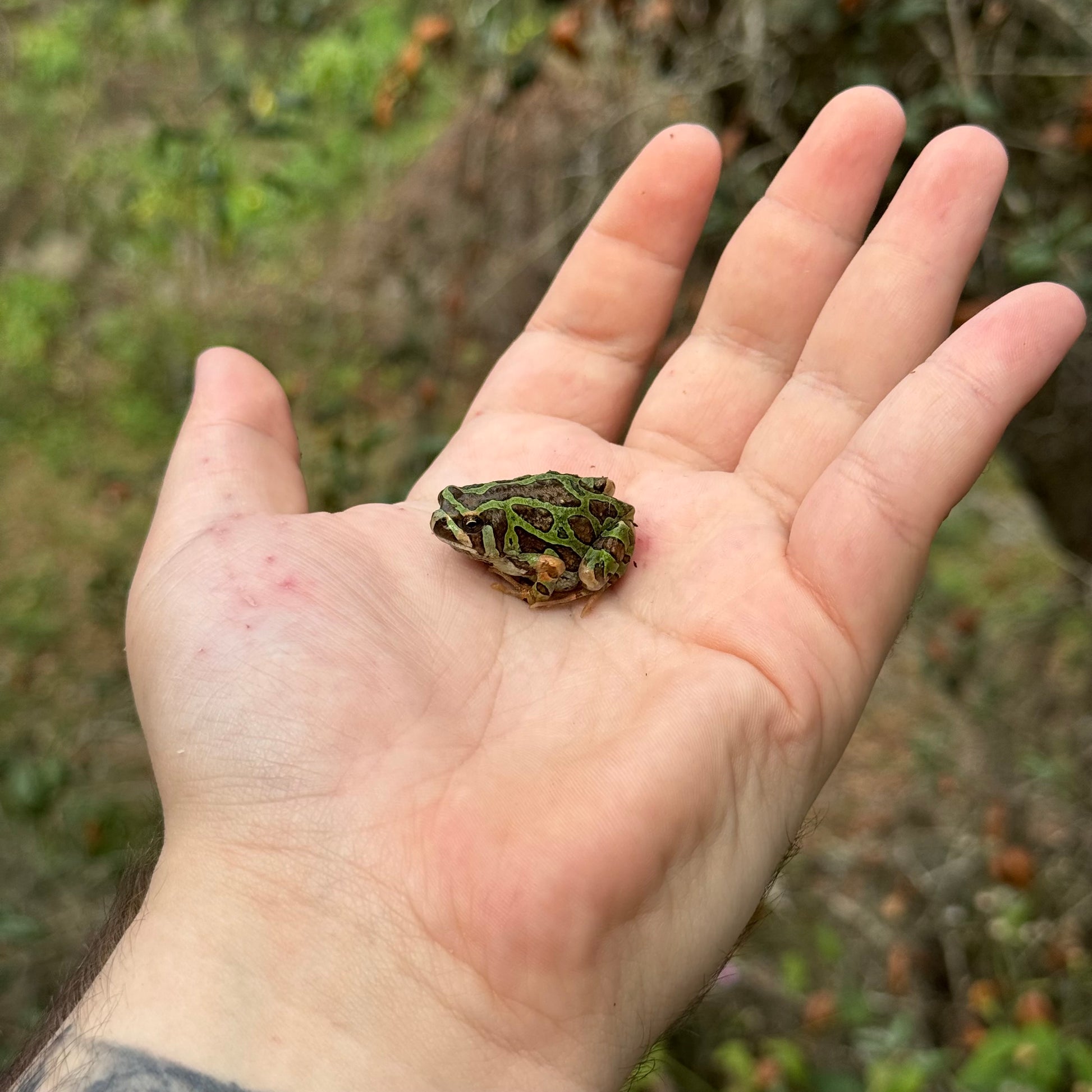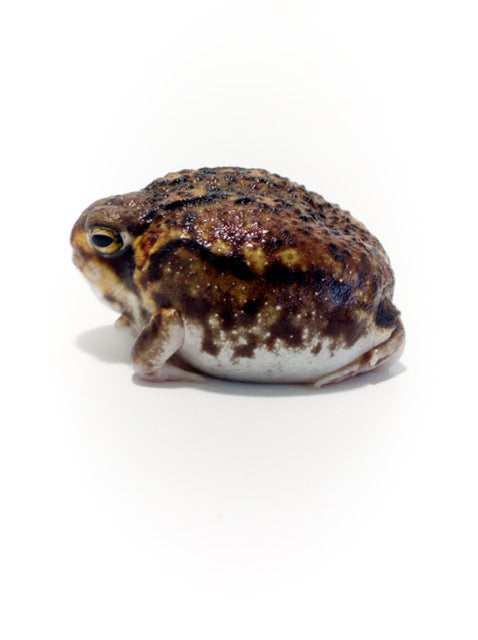Looking For Rain Frog for Sale? Find Your Suitable Amphibian Companion Below!
Looking For Rain Frog for Sale? Find Your Suitable Amphibian Companion Below!
Blog Article
The Ideal Reptile Enclosures: How to Create the Suitable Environment
Producing the excellent environment for reptiles is not almost placing them in a container or room; it involves a thoughtful consideration of numerous factors that add to their overall wellness. From the dimension of the unit to the kind of substrate used, every element plays an important role in supplying an environment where your reptile can thrive. By understanding the particular requirements of your reptile varieties and executing the right environment configuration, you can guarantee their health and wellness and joy in captivity.
Selecting the Right Unit Dimension
When picking an enclosure dimension for reptiles, it is crucial to consider their natural behaviors and area demands to ensure their well-being and health and wellness. When it comes to environment room, different reptile species have varying needs. Arboreal types like chameleons or tree serpents call for upright area for climbing and perching, while terrestrial varieties such as bearded dragons or leopard geckos need even more floor space for discovering and thermoregulation. Marine turtles like red-eared sliders require rooms with both water and land locations for swimming and basking.
A general rule of thumb is to offer sufficient area for the reptile to exhibit natural habits, such as basking, concealing, climbing, and foraging. By carefully thinking about the details requirements of the reptile types in concern, proprietors can develop an appropriate and improving environment that promotes overall wellness and motivates all-natural habits.
Establishing Correct Home Heating Elements
To make sure the wellness and health of reptiles in their rooms, it is necessary to meticulously establish appropriate burner. Reptiles are ectothermic animals, implying they rely upon outside warm resources to regulate their body temperature. When establishing burner in a reptile unit, it is vital to take into consideration the particular temperature requirements of the varieties you are taking care of. Different reptiles have varying temperature level needs based upon their natural environment, so it is vital to research and understand these demands.
One efficient and usual heating element for reptile units is a warmth light or ceramic warm emitter. These warmth resources can be utilized to create a temperature level slope within the unit, permitting reptiles to move between warmer and cooler areas as needed. In addition, under-tank heating pads or warmth floor coverings can be made use of to supply stomach warmth, which is especially beneficial for reptiles that need extra heat to assist in food digestion.
Keeping an eye on the temperature level within the unit utilizing a thermostat is vital to make certain that the home heating elements are preserving the ideal temperature level array for your reptile. Frequently examine and adjust the burner as required to develop a healthy and balanced and comfy setting for your scaly good friend.
Choosing Appropriate Illumination Fixtures

Providing the Ideal Substrate
Selecting the appropriate substrate is important for creating a suitable and comfy atmosphere for reptiles in their enclosures. Some reptiles, such as desert-dwelling species like bearded dragons, prosper on substratums like calcium sand or reptile rug, while others, like round pythons, favor coconut husk or aspen bed linen to preserve humidity levels.
Avoid substrates that can create impaction, such as loose substratums like sand or gravel, specifically for reptiles recognized to ingest their bedding. Routinely cleansing and replacing the substratum is essential to make sure a hygienic and clean environment for your reptile.
Designing for Enrichment and Convenience
Thinking about the substratum's duty in offering a structure for natural behaviors and maintaining an have a peek at this site ideal setting, improving the reptile room with correct designs is essential for both enrichment and convenience. Designs such as branches, rocks, hideouts, and fabricated plants not just develop a more visually enticing environment but likewise serve functional purposes. Branches give climbing up possibilities for arboreal species, while rocks can serve as basking spots for heat. Hideouts provide sanctuary and safety and security, minimizing stress and anxiety levels for the reptile. Man-made plants not just improve the appearances yet also give concealing places and enrichment by permitting the reptile to discover and connect with its atmosphere. When decorating the room, it is vital to think about the reptile's species-specific demands and habits to produce a space that promotes physical and mental wellness. By incorporating a variety of designs that resemble the reptile's all-natural environment, proprietors can ensure their pet's convenience and promote their natural impulses, inevitably causing a happier and healthier reptile.
Final Thought

Producing the perfect habitat for reptiles is not simply about positioning them in a container or enclosure; it involves a thoughtful factor to consider of numerous elements that contribute to their total health.Picking the ideal substrate is vital for developing a comfortable and suitable atmosphere for reptiles in their rooms. Some reptiles, such as desert-dwelling species like bearded dragons, prosper on substrates like calcium sand or reptile rug, while others, like sphere pythons, choose coconut husk or aspen bedding to preserve humidity levels.
By integrating a range of decors that simulate the reptile's natural habitat, proprietors can ensure their family pet's comfort and promote their natural impulses, ultimately leading to a better and much healthier reptile.
In verdict, developing the suitable environment for reptiles involves choosing the proper enclosure size, heating components, lighting components, substratum, and decors.
Report this page